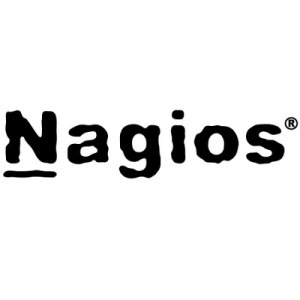The main objective to use Nagios Core 4.x is to save significant costs on Infrastructure Monitoring without compromising the monitoring parameters.
So, deploying Nagios Core 4.x was the only option for me considering the below-listed positive factors.
1) Working on Nagios Core for more than 10+ Years.
2) Good Hands On skills to cover the standard monitoring parameters such as CPU, Memory, Storage & Running Services.
3) By introducing NCPA Agent, further monitoring became very smooth & saves time as NRPE & NCPA Client Side Configuration takes more time. On the other hand, NCPA Installation is very straight & you just need to provide a unique token only.
4) NCPA Agent is available for Windows & Linux like OS environments with most of the current & previous stable kernels.
5) Presently, more than 500+ nodes & 2500+ services are under active monitoring.
The monitored services are as follows.
1) Windows & Linux Nodes
* CPU Utilization (%) & Allotted CPU Cores.
* Memory Utilization (%) & Allotted Memory (MB/GB/TB)
* Total Storage Utilization, Allotted Storage Space & Available Storage Space (MB/GB/TB)
* Running Services, CPU & Memory Utilization (%) by a particular service.
* Start the monitoring service if Nagios finds it SHUT.
2) Cisco Nodes (Switches, WLCs, APs, Routers)
* CPU & Memory Utilization.
* Bandwidth Utilization (Combined & on individual interface as well).
* Cisco WLC: No. of connected APs, CPU & Memory Utilization & Bandwidth Monitoring.
* PING RTA, Jitter & Packet Loss.
* Temperature, Free Interfaces, IOS Version, Switch Stack Status.
3) Services
* DNS/Domain Name Expiry
* SSL Expiry
* Many More...






